Sol 3
Title: Yo también soy un boyaco (Colombian song)
Mars may seem a desolate place but since we met on this planet, laughter, camaraderie and complicity took over the place. Here we are a family and we are happy to belong to it.
202 crews have passed in front of us but it is the first time that someone has prepared “changua” at the station, a typical breakfast of cundiboyacense plateau of Colombia, where most of the crew members are from. When we arrived at Mars we thought that one of the great limitations was going to be the food, the commander and I have made sure that the culinary experience is a delight for the palate, who said that dehydrated food has to taste bad?.
Today has been quite cold, it is even snowing, that has not been an impediment to continue with the activities. Within the Hab each one was working on their science projects. We hope to leave on January 17 to our next EVA, our second encounter with the inclement Martian environment.
MARStha Leticia, our mascot, has been bored today but we have told her that she can get sick if she goes for a walk because she comes from a tropical area
and is not used to snow. She, without a doubt, wants to go out and has spent all day in the window.
The greenhab keeps reborning, the romanticism of breathing fresh air and seeing the green color of the plants makes us feel close to home. We all return from our activities, we will have movie night, the commander and the XO said that we are going to eat “canchita”, what is “canchita” ?, we do not know yet.
Today at the end of the day we realized that if this if the space exploration does not work for us, we have the potential to become youtubers.
Sol 3:
Título: Yo también soy un boyaco (Canción colombiana)
Marte puede parecer un lugar desolado pero desde que nos encontramos en este planeta, las risas, la camaradería y la complicidad se apoderaron del lugar. Aquí somos una familia y estamos felices de pertenecer a ella.
Han pasado 202 tripulaciones por delante de nosotros pero es la primera vez que en la estación alguien ha preparado “changua”, un desayuno del altiplano cundiboyacense de Colombia, de donde somos los tripulantes. Cuando llegamos a Marte pensamos que una de las grandes limitaciones iba a ser la comida, el comandante y yo, nos hemos encargado de que la experiencia culinaria sea todo un deleite para el paladar, quien dijo que la comida deshidratada tiene que saber mal?
El sol de hoy ha sido bastante frío, inclusive está nevando, eso no ha sido impedimento para continuar con las actividades. Dentro del Hab cada uno estuvo trabajando en sus proyectos de ciencia. Esperamos salir el 17 de enero a nuestro próximo EVA, nuestro segundo encuentro con el inclemente ambiente marciano.
MARStha Leticia, nuestra mascota, ha estado aburrida hoy pero nosotros le hemos dicho que se puede enfermar si sale a dar un paseo porque ella viene de una zona tropical y no está acostumbada a la nieve. Ella, sin duda, quiere salir y se la ha pasado todo el día en la ventana.
El greenhab sigue renaciendo, el romanticismo de respirar aire fresco y ver el color verde de las plantas nos hace sentir cerca de casa. Todos regresamos de nuestras actividades, tendremos noche de peliculas, el comandante y el XO dijeron que vamos a comer “canchita”, que rayos es “canchita”?, aún no lo sabemos.
Hoy al final del día nos dimos cuenta que si esto de la exploración espacial no funciona, tenemos potencial de youtubers.
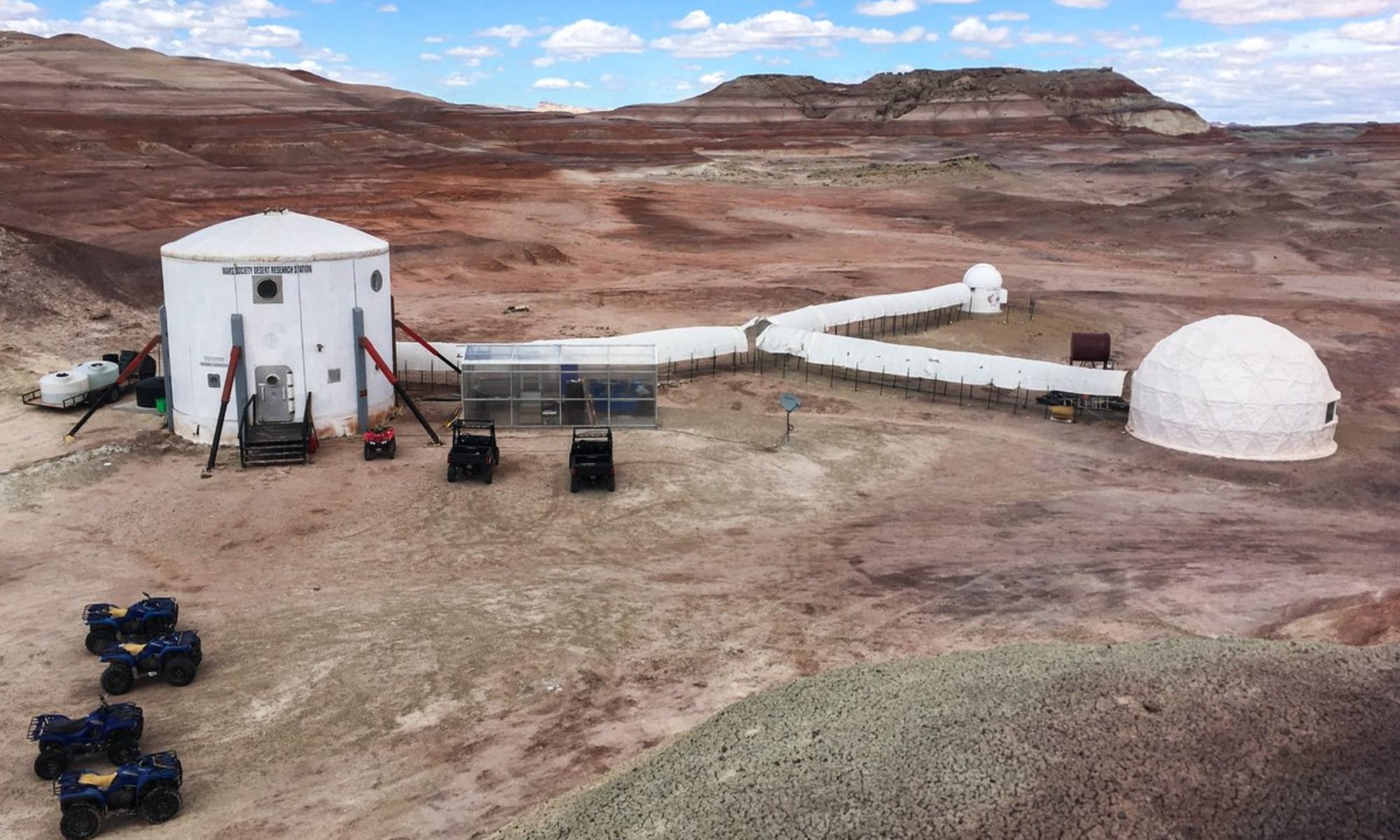
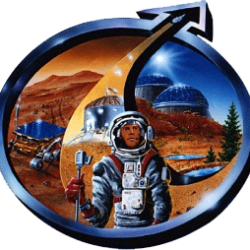
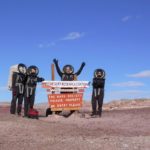
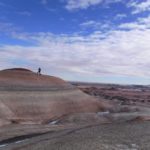
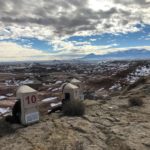
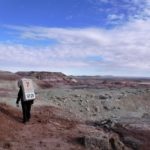
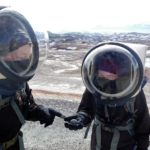
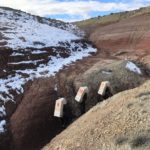
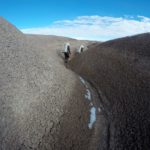
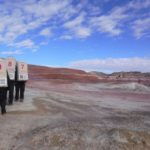

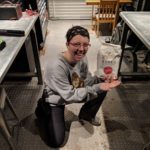
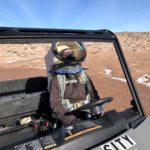
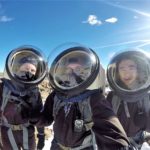

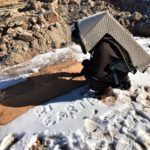

You must be logged in to post a comment.